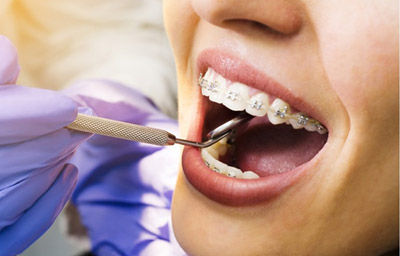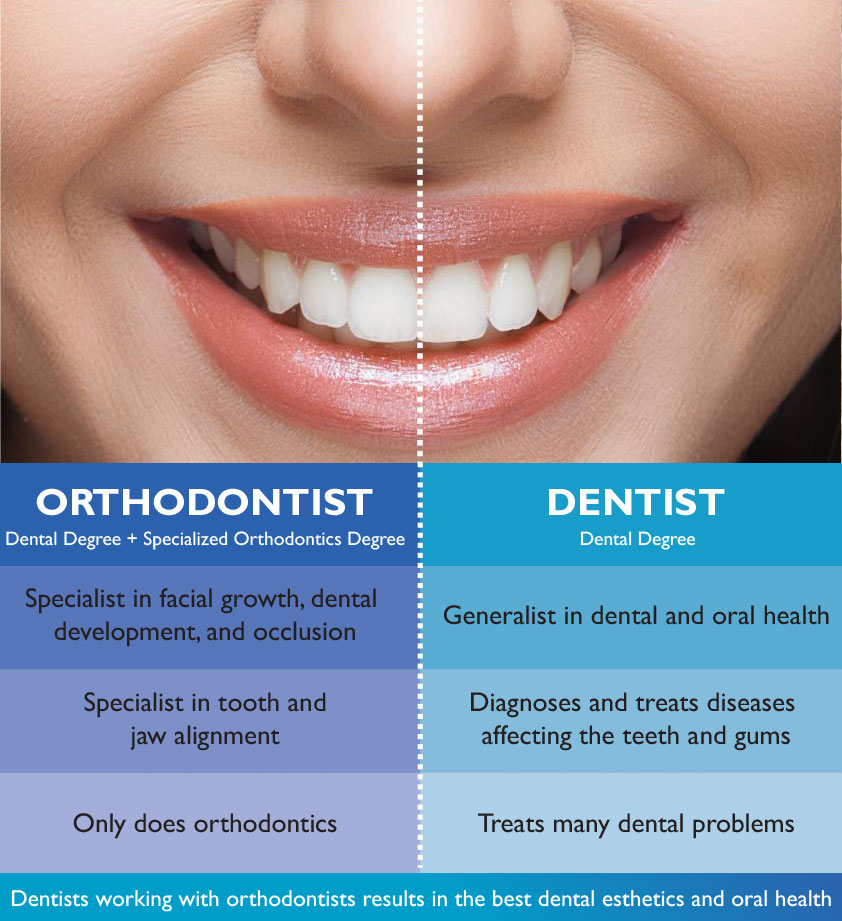Things about Causey Orthodontics
Table of ContentsThe Basic Principles Of Causey Orthodontics What Does Causey Orthodontics Do?The 4-Minute Rule for Causey OrthodonticsCausey Orthodontics Things To Know Before You Get ThisThe Best Strategy To Use For Causey Orthodontics
Overlooking occlusal partnerships, it was common to eliminate teeth for a range of oral problems, such as malalignment or overcrowding. The principle of an intact dentition was not commonly appreciated in those days, making bite connections seem irrelevant. In the late 1800s, the principle of occlusion was vital for creating trusted prosthetic replacement teeth.As these principles of prosthetic occlusion progressed, it came to be a vital tool for dental care. It was in 1890 that the job and impact of Dr. Edwards H. Angle started to be really felt, with his contribution to modern-day orthodontics particularly significant. At first focused on prosthodontics, he taught in Pennsylvania and Minnesota before routing his attention in the direction of oral occlusion and the treatments required to maintain it as a typical problem, hence ending up being referred to as the "daddy of modern orthodontics".

The principle of perfect occlusion, as postulated by Angle and incorporated into a category system, allowed a shift towards treating malocclusion, which is any discrepancy from normal occlusion. Having a complete set of teeth on both arcs was extremely sought after in orthodontic therapy because of the demand for exact connections in between them.
The Of Causey Orthodontics
As occlusion ended up being the key priority, face percentages and looks were overlooked - orthodontist services. To accomplish excellent occlusals without using outside pressures, Angle proposed that having perfect occlusion was the most effective means to gain optimal face looks. With the passing of time, it became rather noticeable that also an outstanding occlusion was not suitable when considered from an aesthetic perspective
It came to be obvious that orthodontic treatment might adjust mandibular development, resulting in the formation of functional jaw orthopedics in Europe and extraoral pressure procedures in the US. These days, both practical appliances and extraoral tools are used around the globe with the goal of changing growth patterns and forms. Consequently, pursuing real, or at the very least enhanced, jaw relationships had actually become the major goal of treatment by the mid-20th century.
Get This Report on Causey Orthodontics
 Up until the mid-1970s, dental braces were made by wrapping steel around each tooth. https://sco.lt/85NXJw., it came to be possible to rather bond steel braces to the teeth.
Up until the mid-1970s, dental braces were made by wrapping steel around each tooth. https://sco.lt/85NXJw., it came to be possible to rather bond steel braces to the teeth.Andrews offered an insightful definition of the ideal occlusion in long-term teeth. This has had significant impacts on orthodontic therapies that are carried out consistently, and these are: 1. Right interarchal relationships 2. Appropriate crown angulation (idea) 3. Right crown disposition (torque) 4. No rotations 5. Tight call factors 6. Apartment Curve of Spee (0.02.5 mm), and based on these concepts, he uncovered a therapy system called the straight-wire device system, or the pre-adjusted edgewise system.
The benefit of the design depends on its bracket and archwire combination, which requires only marginal wire bending from the orthodontist or clinician (orthodontist services). It's appropriately named hereafter attribute: the angle of the port and thickness of the bracket base inevitably figure out where each tooth is located with little requirement for extra manipulation
How Causey Orthodontics can Save You Time, Stress, and Money.
Both of these systems employed the same braces for each tooth and demanded the flexing of an archwire in 3 airplanes for finding teeth in their wanted settings, with these bends dictating best placements. When it comes to orthodontic devices, they are split right into two types: detachable and repaired. Removable appliances can be handled and off by the person as required.

Hence, mostly all modern-day fixed devices can be thought about variations on this edgewise home appliance system. Early 20th-century orthodontist Edward Angle made a major payment to the world of dental care. He developed four distinctive home appliance systems that have actually been utilized as the basis for many orthodontic treatments today, barring a few exemptions.
The 3-Minute Rule for Causey Orthodontics

The wire finished in a string, and to relocate forward, a flexible nut was made use of, which allowed for a rise in circumference. By ligation, each individual tooth was affixed to this large archwire (orthodontist services). Because of its limited variety of movement, Angle was unable to accomplish precise tooth placing with an E-arch
These tubes held a firm pin, which can be repositioned at each consultation in order to move them in position. Dubbed the "bone-growing device", this device was supposed to urge healthier bone growth because of its possibility for transferring pressure directly to the roots. Nonetheless, applying it confirmed bothersome in truth.